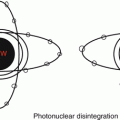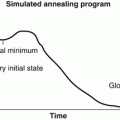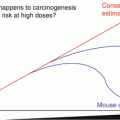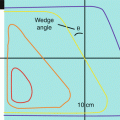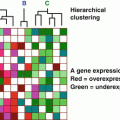, Foster D. Lasley2, Indra J. Das2, Marc S. Mendonca2 and Joseph R. Dynlacht2
(1)
Department of Radiation Oncology, CHRISTUS St. Patrick Regional Cancer Center, Lake Charles, LA, USA
(2)
Department of Radiation Oncology, Indiana University School of Medicine, Indianapolis, IN, USA
Definition of Hyperthermia
Hyperthermia is the use of temperatures between 39 °C (102 °F) and 47 °C (116 °F) to achieve selective cell killing. It may be used alone or in combination with radiotherapy, chemotherapy, or both.
In the context of radiation biology, hyperthermia is not meant to “cook” the tumor and therefore describes non-ablative temperatures (<50 °C or 122 °F) as opposed to the higher temperatures used in surgery.
Rationale for Hyperthermia
Use of hyperthermia has mostly been explored as a potential adjunct to radiation therapy, because hyperthermia and RT may produce additive or synergistic effects depending upon the sequencing of the two treatments:
There are no intrinsic differences between tumor and normal cells with respect to hyperthermic sensitivity. However, extrinsic differences are exploitable:
Poorly vascularized tumors may be easier to heat than well vascularized normal tissue.
Hypoxia, low pH, and S-phase may increase sensitivity to hyperthermic killing (Fig. 30.1).
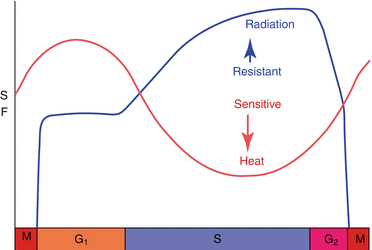
Fig. 30.1
Sensitivity (as indicated by relative surviving fraction) of cells throughout the cell cycle to radiation (blue) or hyperthermia (red).
Cytotoxicity of Heat
Heat damages cells by denaturing and inducing aggregation of proteins. Denaturation and aggregation of nuclear proteins may inhibit repair of radiation-induced DNA damage.
This is unlike radiation-induced DNA damage, which does not involve proteins at all.
S-phase cells are most sensitive to hyperthermia (S-phase is also the most radio-resistant phase).
Heat damages cells easier when there is less blood vasculature act as a heat-sink to cool the tumor (hypoxic or poorly vascularized cells are more radio-resistant).
Hyperthermia kills non-dividing cells as well as dividing cells (unlike radiation which generally only kills dividing cells).
Cell kill is much higher with concurrent heating and irradiation, compared to sequential heat and RT. However, this is often impractical clinically.
Two mechanisms of heat radiosensitization:
Vasodilation (decreased hypoxia).
Stay updated, free articles. Join our Telegram channel

Full access? Get Clinical Tree



